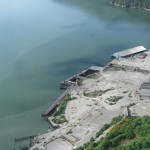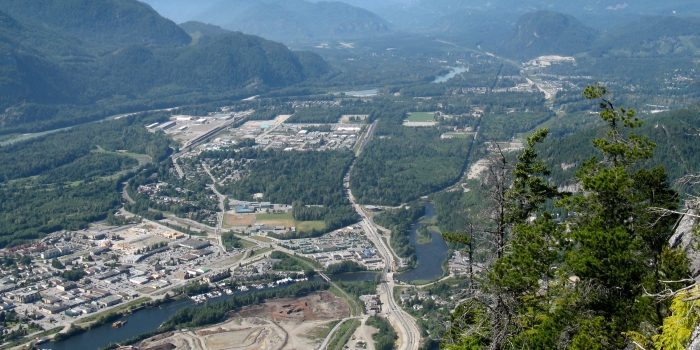Canadian-based Woodfibre LNG Limited launched Ask WoodFibre LNG, a community engagement web portal for the Woodfibre LNG Project, on April 1, 2015.
The interactive website aggregates questions and answers (Q&As) on the Woodfibre LNG Project for its stakeholders, which include local communities and non-governmental organisations. Visitors can access the website to engage the Project team on related issues and receive the necessary clarification and explanation.
The cross-platform portal is accessible on desktop and mobile devices.
The Project launch also includes a dedicated YouTube channel. The channel will be regularly updated with information, Q&As and insights from industry experts.
These efforts are not only for transparent and timely communications in the interest of its stakeholders, but also for Woodfibre LNG to maintain a meaningful conversation with the community. Establishing digital platforms will allow the community to stay connected and updated on the latest developments.
About Woodfibre LNG

The Squamish community
Woodfibre LNG Limited is a privately held Canadian company based in Vancouver. It has an office in Calgary and a community office in Squamish. It is a subsidiary of Pacific Oil and Gas Limited, which is part of Singapore-based RGE group of companies.
Woodfibre LNG owns and operates the Woodfibre LNG Project, which is a proposed small-scale natural gas liquefaction and export facility at the former Woodfibre Pulp and Paper Mill.
Related link: Woodfibre LNG Meets Community during Open Houses
About Liquefied Natural Gas (LNG)
Liquified Natural Gas, or LNG, is natural gas in a liquid state – it is the same gas used to heat homes and the same gas found in gas range stoves. Natural gas is the cleanest burning fossil fuel and is used in many places in the world to reduce emissions and transition off more polluting fuels.
This gas becomes a liquid when it is cooled to -162ºC. This process, called liquefaction, shrinks the volume of the gas by 600 times, making it easier to store and transport to markets around the world.
LNG is not stored under pressure. It is cooled, stored and transported at atmospheric pressure.
Upon arriving at its delivery destination, LNG is warmed to its original gaseous state where it can be used for various purposes from heating and cooling homes, generating electricity, to fuelling heavy-duty vehicles.

The Woodfibre site in the district of Squamish, Canada
More info:
Related link:









